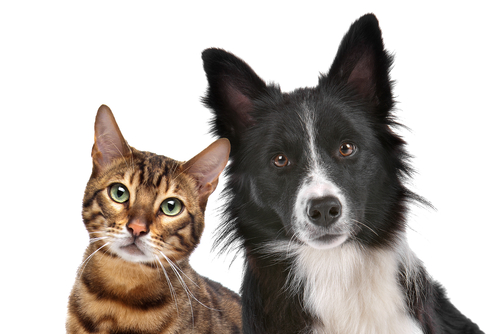
This is a memorable quote from Bill Murray’s character in the original Ghostbusters movie to describe a pending disaster of biblical proportions. For some Queensland local governments, it is the growing number of dogs and cats living at their animal pounds that represents impending doom… for those pets. Of all the many and varied functions of local government animal management is often the most difficult and conflict ridden. Council employees engaged in this area often find it stressful and depressing. Yet it is a significantly important role.
Many of these employees come to the role out of fondness for animals but are frequently discouraged by the darker side of the function, and its necessity to dispose of dogs and cats in quite high numbers because of the neglect of their owners. The rate of euthanasia of these former pets is often controversial in communities and is unquestionably distressing to the staff and their supporting vets who must administer the euphemistically described “putting down” of perhaps hundreds of animals each year.
A recent survey of Queensland local governments in the level 4 and 5 categories i.e. generally regional urban centres, revealed the following statistics.
In the 2020/21 financial year, the eight councils surveyed impounded a total of 5,571 dogs and 6,537 cats. For dogs this represented about 3.5% of the total dogs registered across those areas. Of the dogs impounded about 60% were released back to the owners, about 30% were found new homes and 10% had to be euthanised. Of the cats impounded, only about 17% were reunited with their owners, largely because of the absence of registration programs or failure of owners to microchip or otherwise identity tag their pets. About 60% of the impounded cats were found new homes and about 23% were euthanised. In extreme cases where some councils were facing particular challenges the following data was reflected:
- highest rate of dog euthanasia = 19% of impounded animals
- highest rate of cat euthanasia = 43% of impounded animals
An additional influence on the high rate of cat euthanasia is their susceptibility to disease, such as Cat Flu, whilst being held in large numbers.
All of the councils surveyed made valiant attempts to rehome impounded animals and decisions leading to euthanasia tended to be based on the animal’s poor health, aggressive temperament or other unsuitability as a companion animal.
Typically, those working in local government pound facilities are animal lovers and councils aim to provide safe and caring custody for the animals they impound. Working with animal welfare groups in these regions the local governments recognise that a critical strategy to reduce these statistics is the effort that must made to educate the community in a responsible pet ownership and much time and energy is dedicated to this end.
Nevertheless, it is the individual pet owner who must accept responsibility for the eventual fate of their companion animal.
So, when you or any of your family or acquaintances are considering acquiring a cute puppy or kitten this Christmas, spare a thought for the future of the animal and the obligation of its owner to attend to its appropriate care.

